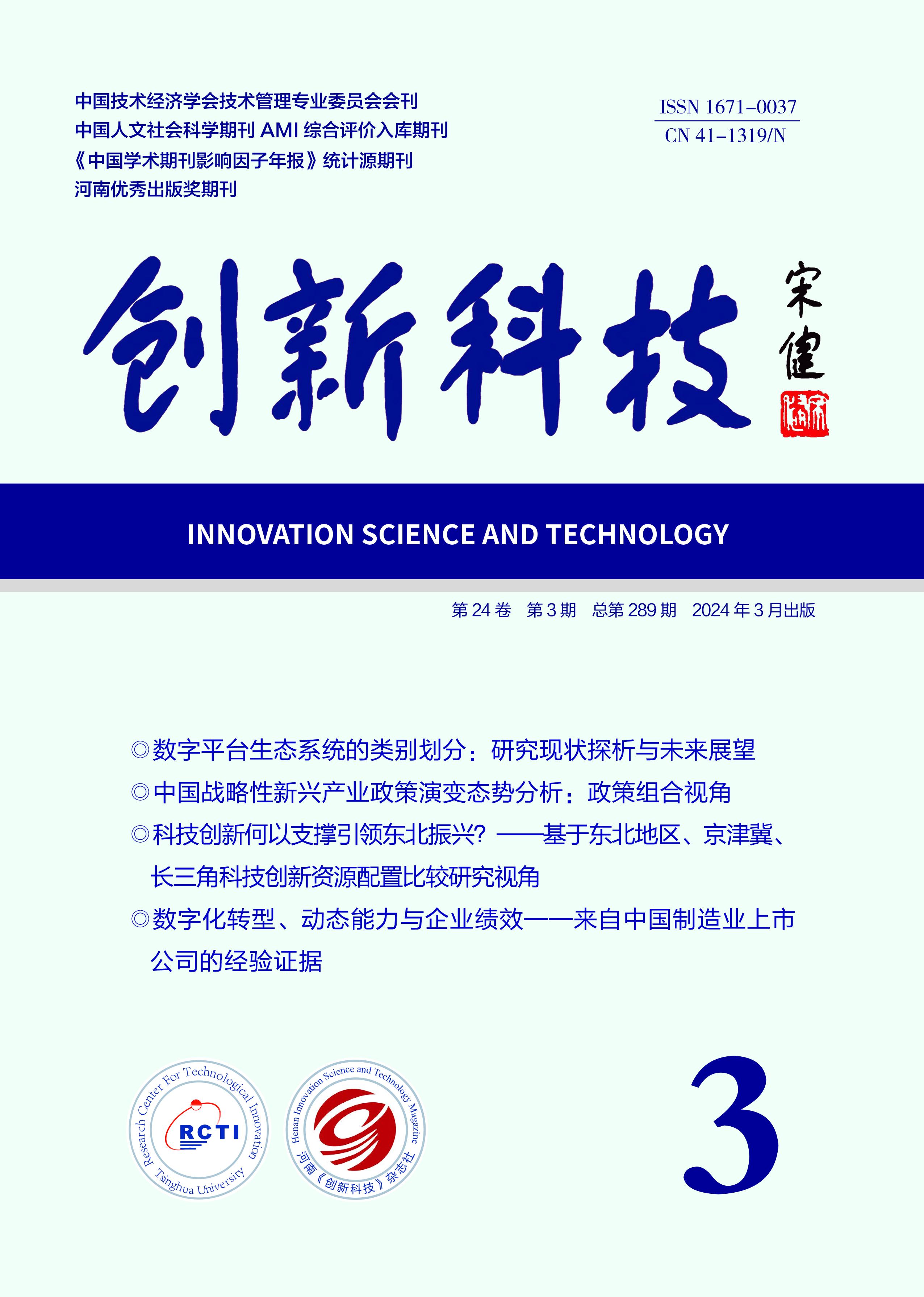INNOVATION SCIENCE AND TECHNOLOGY
Quick Search

All publication are peer-review
Peer review will take the from of double-blind review Judge objectively and impartially
There is no conflict of interest for the reviewer
Review articles shall be kept strictly confidential prior to publication
Intellectual Property Management
A Development Trend Study of Global Quantum Information Technology Based on Patent Metrology
Jiang Yao1 , Chen Xu2 , Zhang Lingkai2
(1.School of Management, Shanghai University of Engineering Science, Shanghai 201620, China; 2.School of Economics & Management, Shanghai Institute of Technology, Shanghai 201418, China)
Abstract: As the frontier of major technological paradigm change in the future, quantum infor⁃ mation technology has become the focal point of global scientific and technological strategic lay⁃ out. Therefore, it is of great significance to have a comprehensive understanding of the global de⁃ velopment trends in quantum information technology and a clear understanding of China's out⁃ standing advantages and shortcomings in this field in order to promote the high-quality develop⁃ ment of China's quantum information industry. Based on this, a three-dimensional technology situation analysis framework of "overall trend-spatial layout - cooperative innovation" is constructed in this paper. A systematic empiri⁃ cal study is conducted using global patent data from 2000 to 2022. Specifically, the patent econo⁃ metric analysis method is firstly employed to reveal the overall development trend of quantum in⁃ formation technology patents at home and abroad, focusing on the dimensions of application quantity and technology composition. Secondly, the paper presents the flow of global quantum in⁃ formation technology from the perspective of technology outflow, and technology outflow-inflow. Furthermore, the distribution of highly cited patents in different regions of the world is analyzed. Lastly, the cooperative innovation network between different countries or regions is analyzed us⁃ ing the social network analysis method. The results of the empirical analysis show that: ① In terms of the overall trend, global pat⁃ ent applications experienced a steady development period from 2000 to 2015, followed by a rapid growth period from 2016 to 2022. These applications are primarily concentrated in quan⁃ tum communication, quantum key distribution, quantum computing. ② In terms of spatial lay⁃ out, the United States has a significantly higher number of high-quality patents compared to other countries. China has become an important technology research and development center, as well as a target market, but the strategic layout of technology globalization is relatively weak. ③ In terms of cooperative innovation, the global cooperative innovation network structure is rela⁃ tively loose, with a large number of independent triples and quadruples, and less cooperative in⁃ novation among multi-types of entities. In this regard, this paper suggests that Chinese govern⁃ ment departments should lay out quantum information technology from three aspects: first, strengthen the overall guidance and implement the strategy of quantum information globaliza⁃ tion; Second, focus on key areas and lay out high-value patents for quantum information; Third, we will encourage cross-integration and build a system of industry-university-research scien⁃ tific and technological innovation.
Key words: quantum information technology; overall trend; spatial layout; collaborative inno⁃ vation; patent metrology; social network analysis